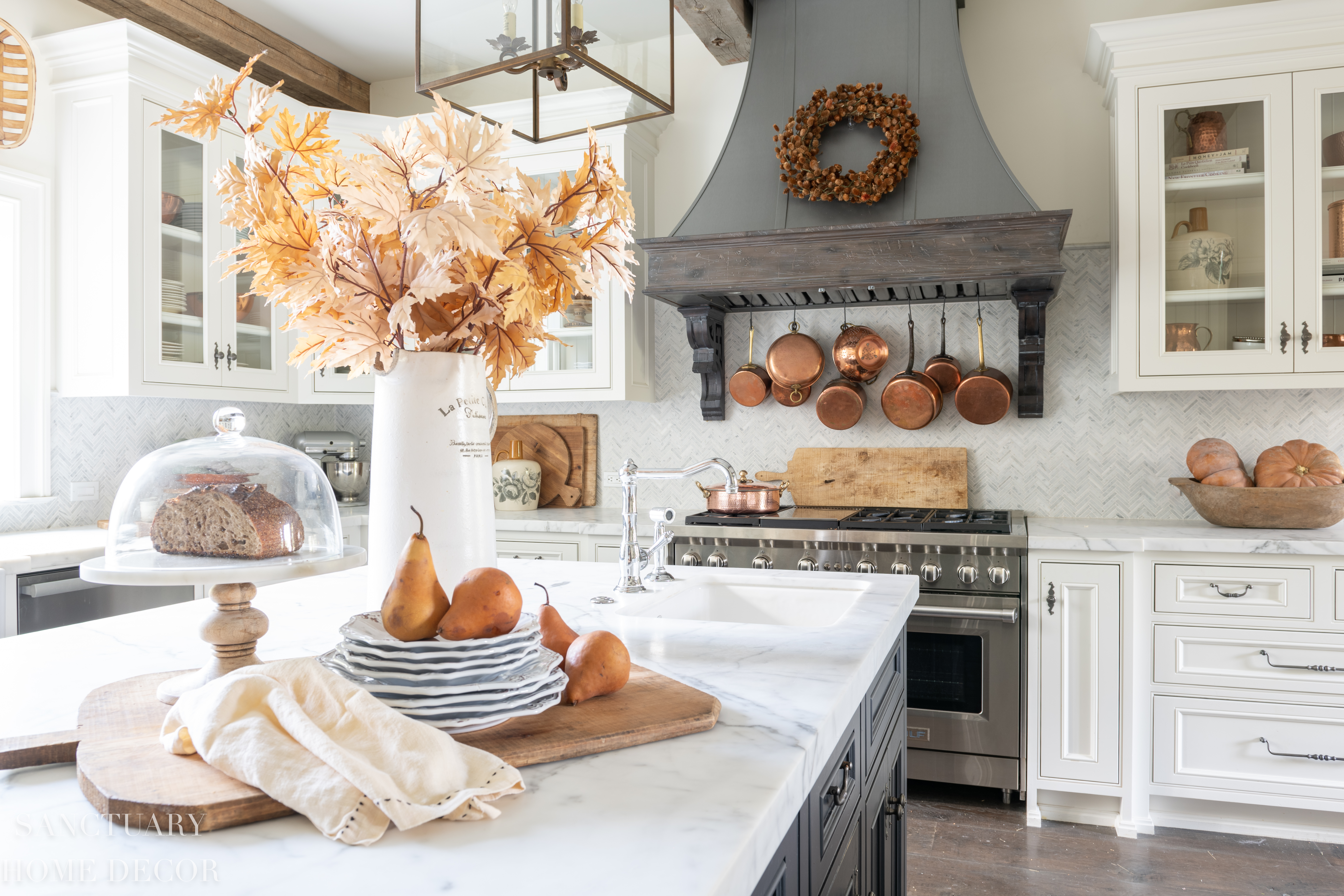How to Incorporate Natural Environments into Your Home Decor
How to Incorporate Natural Environments into Your Home Decor
Blog Article
Master the Art of Layering Textures in Home Decor for a Cozy Environment
The capacity to successfully layer structures within home decoration is a nuanced ability that dramatically adds to a warm and inviting environment. The choice of complementary textures, from soft textiles to natural components, is vital in achieving this balance.

Recognizing Appearance Basics
When it comes to home decor, comprehending the basics of texture is important for developing an unified and welcoming area. Texture refers to the responsive quality of surface areas and can substantially influence the overall aesthetic and feeling of a room.

Selecting the Right Materials
Choosing the right materials is crucial in attaining a well-layered texture in home decoration. The selection of products not only influences the general visual but also affects the convenience and capability of the space. When taking into consideration structures, focus on all-natural fibers such as cotton, bed linen, woollen, and silk, which supply heat and a tactile high quality that artificial products frequently lack.
For furniture, decide for resilient materials that can withstand wear while preserving their appearance. Velour and chenille can include glamorous deepness, while canvas and denim offer a more laid-back feeling. Integrating timber, rock, or metal can improve the responsive comparison, supplying a based, natural component to your decor.
Accessories like cushions and rugs can present different appearances and patterns, enriching the total layered result. Ultimately, the appropriate material selections will balance with your design vision, producing a space that feels welcoming and cohesive.
Layering Methods for Depth
Effective layering strategies are essential for producing deepness in home style, changing a level area right into one that really feels rich and inviting. To achieve this, begin by incorporating different appearances that comparison yet complement each other.
Layering rugs can properly specify locations within a space, adding warmth and measurement. Purposefully putting throw pillows with browse this site differing appearances and dimensions on sofas or beds can enhance depth and convenience.
Additionally, integrate architectural elements such as racks or framed artwork to produce vertical layers. This not only draws the eye up but also offers opportunities to present additional appearances via ornamental items displayed on the racks.
Color Control and Appearance
In the world of home decoration, accomplishing harmony in between shade and appearance is important for establishing a cohesive and inviting ambience. When thoughtfully collaborated, shade and texture can elevate the visual appeal of a room, producing deepness and interest.

Following, focus on appearance. Soft fabrics like velvet or linen juxtaposed with tough products such as wood or steel create a dynamic interaction. A luxurious velvet couch paired with a sleek, metal coffee table presents a responsive contrast that invites touch and expedition.
Moreover, layering various structures-- like a woven carpet under a smooth table-- can even more enhance the area. Keep in mind to keep a natural appearance by limiting the variety of textures and colors, which assists stop visual chaos. By mastering the art of shade sychronisation and texture, you can produce a setting that feels both harmonious and welcoming.
Seasonal Structure Transitions
As the periods adjustment, so also must the structures within your home to mirror the progressing ambience and state of mind. Transitioning your style from one period to one more can develop a sense of freshness and comfort, enhancing your home's overall appeal.
In spring and summer season, embrace lighter materials such as linen and cotton. These materials advertise a windy feel and can be improved with dynamic patterns or subtle structures like embroidered information. Integrate ventilated throw pillows and light-weight coverings to maintain important site a sense of leisure.
As fall approaches, consider introducing warmth with richer appearances. Wool, velvet, and much heavier knits can offer comfort and coziness. Select natural tones and split fabrics like beefy weaved throws or sumptuous velours to create a welcoming ambiance.
Winter season requires a much more indulgent approach. Incorporate layered structures with fake fur, thick wool, and deluxe materials - Home decor. These aspects not just add depth to have a peek at this site your style yet also welcome heat during cooler months
Conclusion
To conclude, mastering the art of layering appearances in home decor considerably contributes to producing a comfortable ambience. By understanding texture fundamentals, choosing appropriate products, using efficient layering methods, and working with colors, an unified and inviting area can be achieved. In addition, adapting structures seasonally boosts the overall aesthetic and comfort of the home. This thoughtful approach not just enriches the visual appeal however also cultivates an atmosphere conducive to leisure and health.
The capability to successfully layer structures within home design is a nuanced skill that dramatically contributes to a cozy and inviting environment.When it comes to home design, recognizing the fundamentals of appearance is important for producing a harmonious and inviting space. By mastering the essentials of appearance, you lay the groundwork for more sophisticated layering techniques, leading to a well-curated and inviting home decor scheme.
Picking the ideal products is critical in attaining a well-layered appearance in home design.In final thought, understanding the art of layering textures in home decor significantly adds to developing a relaxing environment.
Report this page